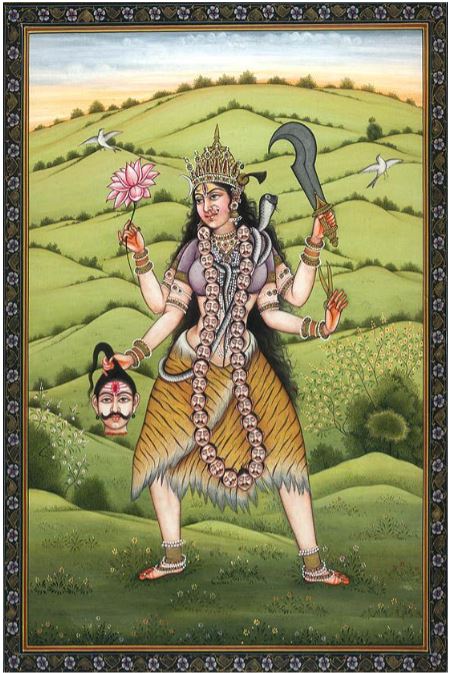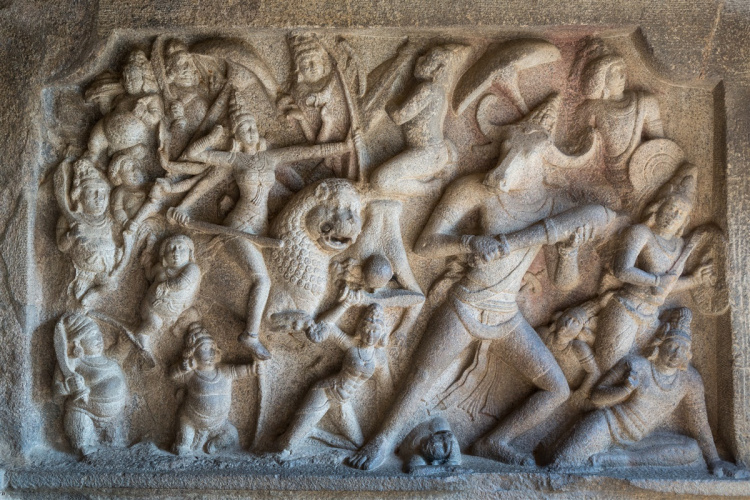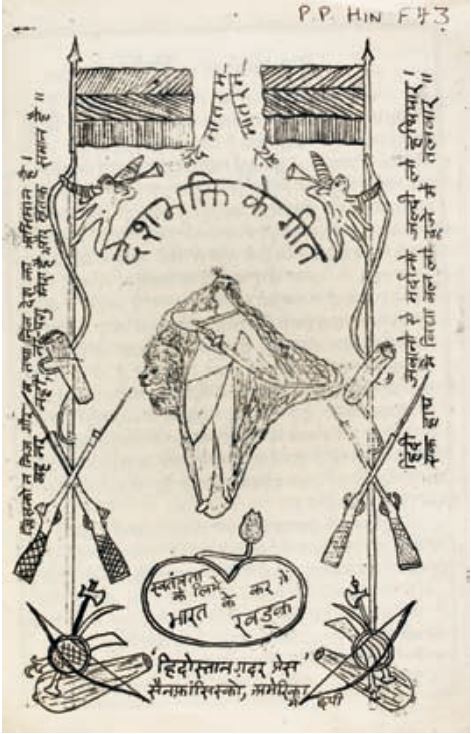
The Goddess worship in India is eons old, sometimes pre-dating to the oldest Vedic hymns. In Indian scriptures, we find a division of the world into 2 parts – Prakriti – that which is material, can be perceived via senses,
1/n
1/n

and Purush – the which is immaterial, non-perishable and cannot be perceived through senses but has to be connected with via different means such as Ashtanga-yoga.
The Goddess is Prakriti or Nature. Nature in its primal form is wild, unapologetic about its manifestations.
2/n
The Goddess is Prakriti or Nature. Nature in its primal form is wild, unapologetic about its manifestations.
2/n
There are no moral rules in Nature. No animal feels embarrassed about being naked neither do they have a concept of justice. It is all driven by the fear of survival. And thus, we come across the Goddess in her primal form – Kali (काली).
3/n
3/n
Kali is shown in a very dramatic form, but she is indifferent to what we humans judge her for her nakedness or wildness. Standing naked atop Shiva, Kali holds the sickle to show that in nature the only punishment is death. There is no way back.
4/n
4/n
The garland of decapitated male heads depicting her victory over all those human minds who tried to overpower her. The outstretched tongue mocking the humanity for unscrupulous silly efforts of trying to judge her and overpower her.
5/n
5/n
When humans take something from nature, we are indebted. And that’s the karma which keeps bringing back humans again and again to life. Kali demands blood i.e. to repay that karma which will liberate humans from this karmic cycle.
6/n
6/n
The very grotesque form of Kali is also associated with the Tantra – a very materialistic and mystic school of Hinduism that is often misunderstood for black magic. In Tantra, Kali (Nature, material world) is seen as a pathway to reach Shiva (Purush, spiritual realm).
7/n
7/n
Kali enables the tantric practicing individuals to awaken their ‘self’ and take away their fears. As Ramakrishna Paramhamsa describes – Kali gives supreme wisdom to her devotees by denying them material pleasure and exposing them to the ‘terror’ of existence.
8/n
8/n
The fearsome form of Kali is also said to be terrifying the asuras and rakshasas who run away from her. That’s why she is also called as Shubhankari – the auspicious one. The most famous story of Kali is when she killed the asura called Raktabeeja –
9/n
9/n
he who will be born from his blood drop (Beej of rakta) by drinking his blood before it fell on the ground. This story also shows resemblance to the unchecked cancer cell growths or exponential growth of patients in the case of epidemics like the Covid-19.
10/n
10/n
Raktabeeja is also symbolically the Karma – killing him creates a debt – in form of another Raktabeeja (Karma). It is the Kali who can consume the debt generated and liberate one from their karmic debt. And thus Kali also becomes the goddess of Kaal (time/death/liberation).
11/n
11/n
On the day 1 of the Navaratri, Kali is the first Mahavidya from 10 mahavidyas of the Goddess.
Credits: Ajinkya Kulkarni
Image Reference: Paintings of Raja Ravi Verma (Wikipedia)
Credits: Ajinkya Kulkarni
Image Reference: Paintings of Raja Ravi Verma (Wikipedia)
• • •
Missing some Tweet in this thread? You can try to
force a refresh








